Home>Home Appliances>Cleaning Appliances>What Is The Correct Way To Handle A Bucket Of Dirty Mop Water?
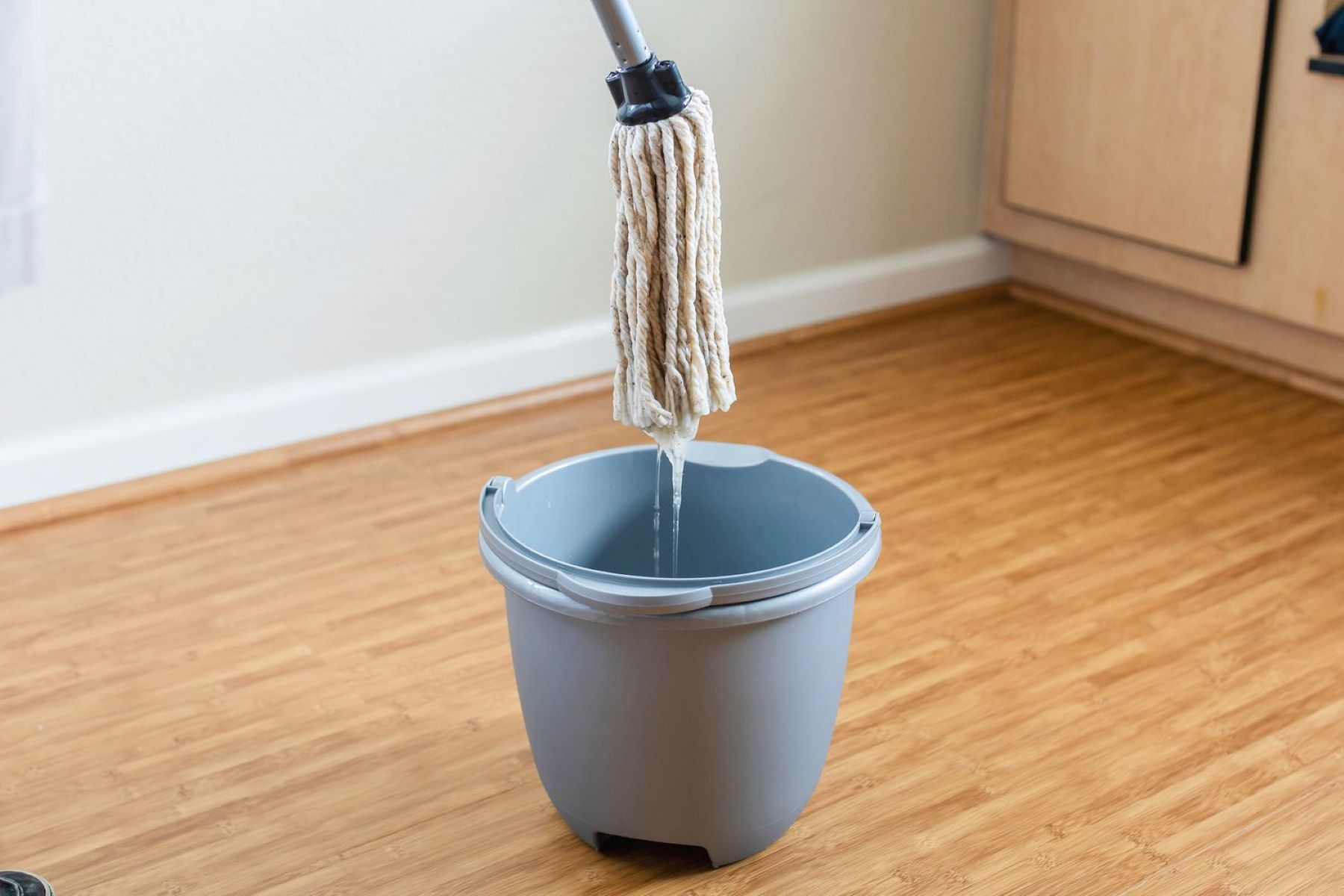

Cleaning Appliances
What Is The Correct Way To Handle A Bucket Of Dirty Mop Water?
Modified: October 20, 2024
Learn the correct way to handle a bucket of dirty mop water and keep your cleaning appliances in top condition. Discover expert tips for effective cleaning.
(Many of the links in this article redirect to a specific reviewed product. Your purchase of these products through affiliate links helps to generate commission for Storables.com, at no extra cost. Learn more)
Introduction
Cleaning your home or workplace is a task that requires careful attention to detail, especially when it comes to handling dirty mop water. While it may seem like a mundane chore, the way you handle and dispose of dirty mop water can have a significant impact on the cleanliness and safety of your environment. In this article, we will explore the importance of properly handling dirty mop water, the potential health risks associated with improper disposal, and the steps to correctly handle a bucket of dirty mop water. By following these guidelines, you can ensure a hygienic and safe cleaning process while minimizing the risk of contamination and illness. Let's delve into the crucial aspects of managing dirty mop water to maintain a healthy and clean living or working space.
Key Takeaways:
- Properly handling dirty mop water is crucial for preventing the spread of germs and maintaining a clean and fresh indoor environment.
- By following essential steps like changing mop water regularly and responsibly disposing of it, individuals can effectively manage dirty mop water and uphold hygiene standards.
Read more: Where Should I Dump Dirty Mop Water
Importance of Properly Handling Dirty Mop Water
Properly handling dirty mop water is essential for maintaining a clean and healthy environment. When mopping floors, the water in the bucket becomes contaminated with dirt, grime, and potentially harmful bacteria and germs. If this dirty water is not managed correctly, it can lead to a range of hygiene and health issues. Here are some key reasons why it is crucial to handle dirty mop water properly:
- Preventing Cross-Contamination: Dirty mop water contains a mixture of dirt, debris, and various contaminants from the surfaces being cleaned. If not handled properly, this contaminated water can spread germs and bacteria to other areas, counteracting the cleaning process.
- Maintaining Indoor Air Quality: Stagnant dirty water can emit unpleasant odors and contribute to poor indoor air quality. Proper handling and disposal of dirty mop water help prevent foul smells and maintain a fresh and hygienic environment.
- Protecting Surfaces and Flooring: Allowing dirty mop water to sit on surfaces can lead to staining, discoloration, and deterioration of flooring materials. By handling it properly, you can preserve the integrity and appearance of your floors and other cleaned surfaces.
- Minimizing Health Risks: Proper management of dirty mop water reduces the risk of exposure to harmful pathogens, allergens, and contaminants, thereby safeguarding the health and well-being of occupants in the space being cleaned.
By recognizing the importance of handling dirty mop water with care, you can contribute to a cleaner, healthier, and more pleasant indoor environment for yourself and others. Now, let’s explore the potential health risks associated with improper handling of dirty mop water.
Potential Health Risks
Improper handling and disposal of dirty mop water can pose significant health risks, potentially compromising the well-being of individuals within the cleaned environment. Understanding these risks is crucial for taking the necessary precautions to mitigate potential harm. Here are some of the potential health risks associated with mishandling dirty mop water:
- Bacterial Contamination: Dirty mop water can harbor various types of bacteria, including E. coli, Salmonella, and Staphylococcus, which are known to cause food poisoning, gastrointestinal infections, and other illnesses. If this contaminated water comes into contact with hands, skin, or surfaces, it can facilitate the spread of harmful bacteria.
- Mold and Mildew Growth: Stagnant dirty water provides an ideal environment for mold and mildew to thrive. Exposure to mold spores can trigger allergic reactions, respiratory issues, and exacerbate existing respiratory conditions, such as asthma or allergies.
- Slip and Fall Hazards: Improperly disposed of dirty mop water can create slippery surfaces, increasing the risk of slip and fall accidents. This is particularly concerning in high-traffic areas or environments frequented by children, the elderly, or individuals with mobility challenges.
- Odor and Airborne Particles: If left unattended, dirty mop water can emit foul odors and release airborne particles that may irritate the respiratory system, leading to discomfort and potential health concerns.
By being mindful of these potential health risks, individuals responsible for cleaning and maintenance can take proactive measures to ensure the safe and proper handling of dirty mop water. Now, let’s delve into the essential steps for correctly managing a bucket of dirty mop water to mitigate these risks and maintain a healthy environment.
Always wear gloves and closed-toe shoes when handling dirty mop water to protect your skin. Dispose of the water in a designated area, away from food prep and living areas. Clean and sanitize the bucket after each use.
Steps to Correctly Handle a Bucket of Dirty Mop Water
Properly handling a bucket of dirty mop water is essential for maintaining cleanliness and minimizing health risks. By following the appropriate steps, you can ensure that the contaminated water is safely disposed of, preventing the spread of germs and maintaining a hygienic environment. Here are the essential steps to correctly handle a bucket of dirty mop water:
- Use Proper Dilution: When preparing the cleaning solution, ensure that the detergent or cleaning agent is appropriately diluted in the water. This helps in effectively loosening dirt and grime from the surfaces being cleaned, reducing the amount of contaminants in the mop water.
- Change Mop Water Regularly: As the mop water becomes visibly dirty or loses its cleaning efficacy, it is important to change it promptly. Regularly replacing the dirty water with fresh, clean water helps prevent the spread of contaminants and ensures effective cleaning.
- Dispose of Water Responsibly: After use, dispose of the dirty mop water in a designated drain or utility sink. Avoid pouring it into storm drains, as this can lead to environmental contamination. If possible, follow local regulations for the proper disposal of cleaning waste.
- Rinse and Clean Mop and Bucket: After use, thoroughly rinse the mop and bucket with clean water to remove any residual dirt and detergent. Properly cleaning and maintaining these tools helps prevent the accumulation of harmful bacteria and contaminants.
- Sanitize Cleaning Equipment: Periodically sanitize the mop and bucket with a disinfectant to eliminate any remaining germs and bacteria. This step is crucial for preventing the growth and spread of harmful microorganisms.
- Implement Safety Precautions: When handling dirty mop water, wear appropriate personal protective equipment, such as gloves and, if necessary, a face mask. This helps minimize direct contact with potentially harmful contaminants.
By adhering to these steps, individuals responsible for cleaning and maintenance can effectively manage dirty mop water, minimize health risks, and contribute to a cleaner and safer environment for everyone. Now, let’s summarize the key points discussed in this article.
Conclusion
Properly handling dirty mop water is a fundamental aspect of maintaining a clean, hygienic, and safe environment. By recognizing the importance of managing dirty mop water responsibly, individuals can contribute to the overall well-being of the spaces they clean. From preventing cross-contamination to minimizing health risks, the proper handling of dirty mop water plays a pivotal role in upholding cleanliness and safety standards.
Understanding the potential health risks associated with mishandling dirty mop water highlights the significance of following the recommended guidelines for its proper disposal. Bacterial contamination, mold growth, and slip hazards are among the potential dangers that can be mitigated through conscientious handling and disposal practices.
By implementing essential steps, such as using proper dilution, changing mop water regularly, and responsibly disposing of the water, individuals can effectively manage dirty mop water and uphold hygiene standards. Additionally, maintaining and sanitizing cleaning equipment, along with implementing safety precautions, further contributes to a thorough and responsible cleaning process.
Ultimately, the correct handling of dirty mop water is not only a matter of cleanliness but also a critical aspect of promoting the health and well-being of those who inhabit the cleaned spaces. By following the guidelines outlined in this article, individuals can ensure that their cleaning practices contribute to a healthier and safer environment for everyone.
By prioritizing the proper handling of dirty mop water, we can collectively contribute to a cleaner, healthier, and more pleasant living and working environment.
Frequently Asked Questions about What Is The Correct Way To Handle A Bucket Of Dirty Mop Water?
Was this page helpful?
At Storables.com, we guarantee accurate and reliable information. Our content, validated by Expert Board Contributors, is crafted following stringent Editorial Policies. We're committed to providing you with well-researched, expert-backed insights for all your informational needs.
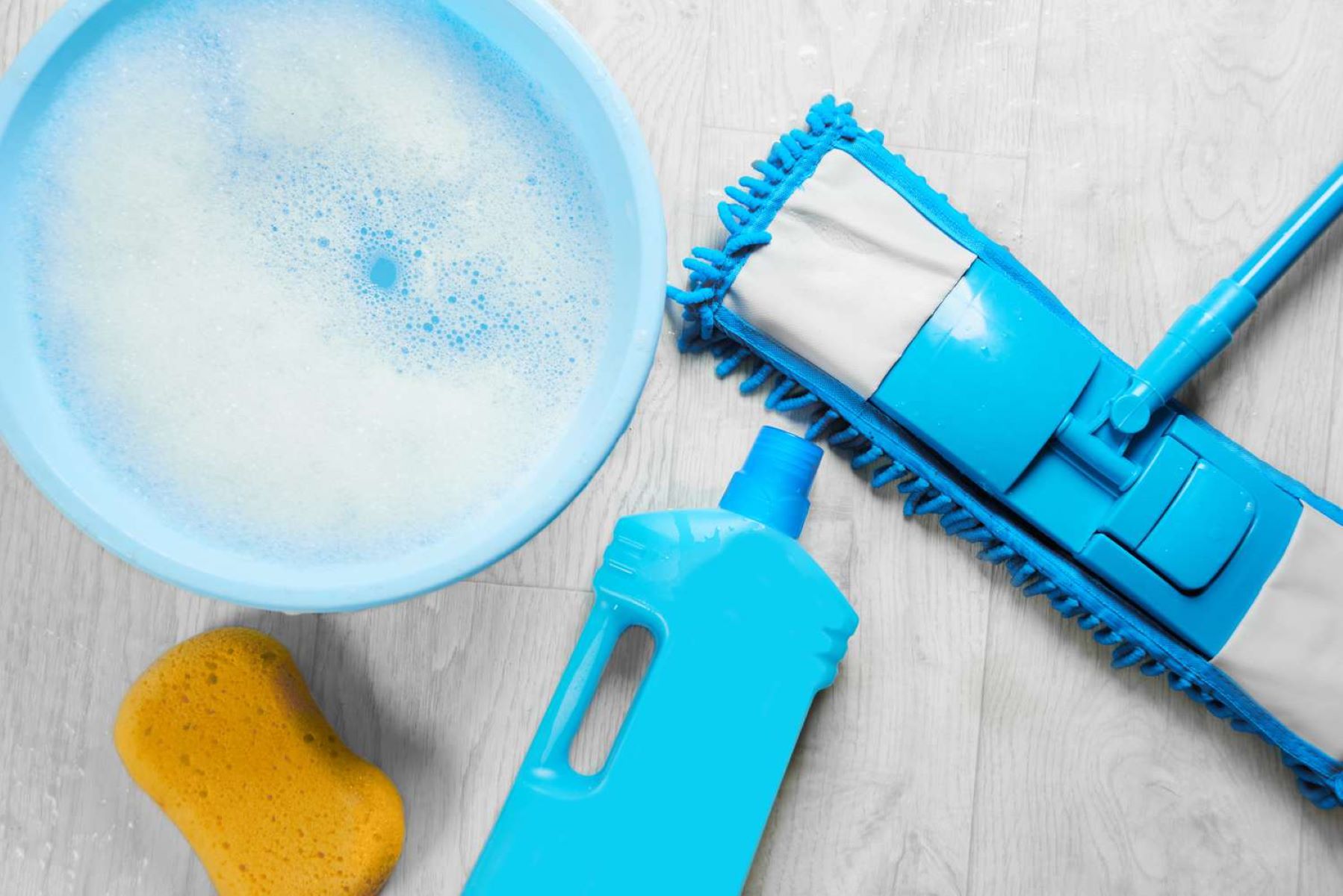
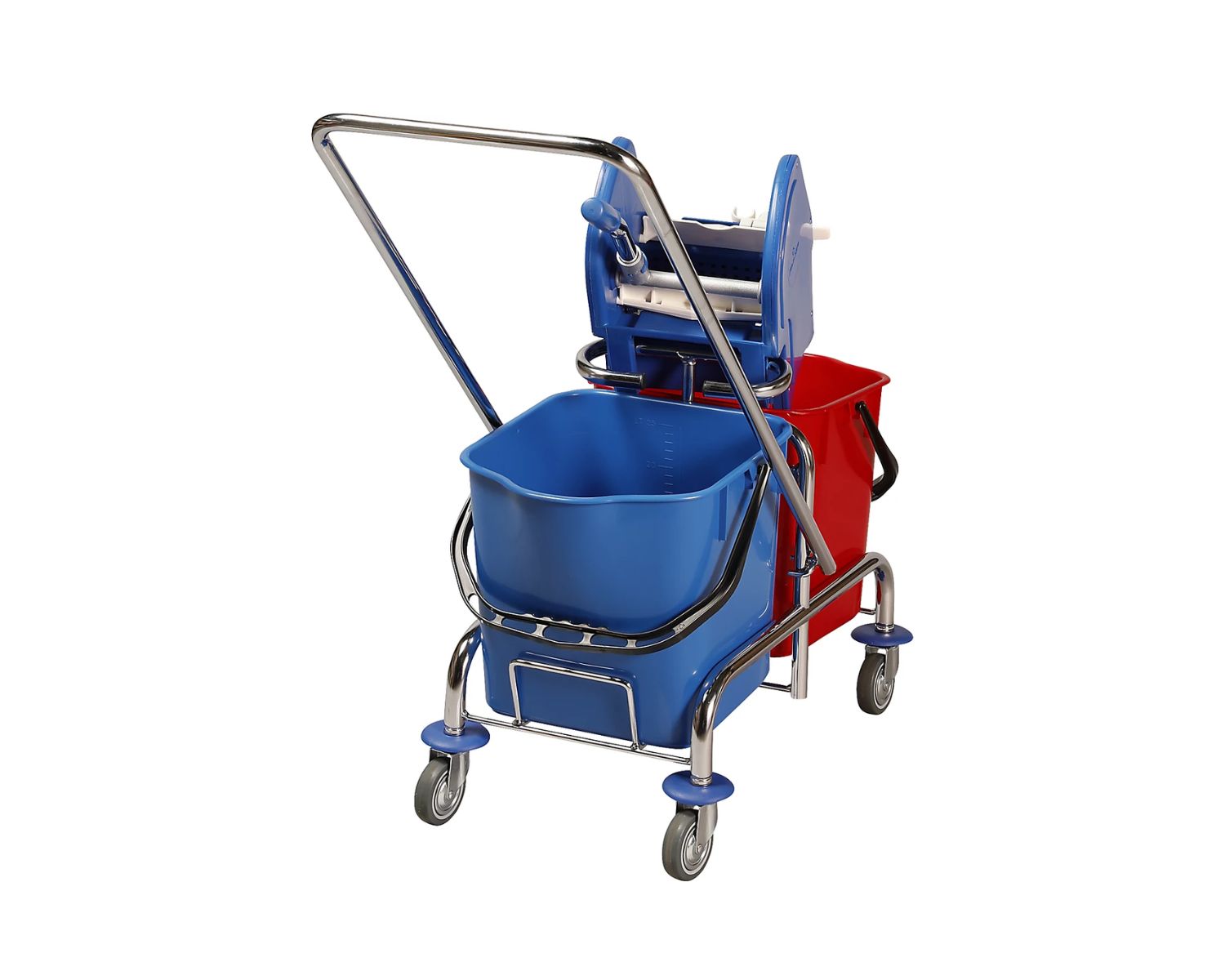
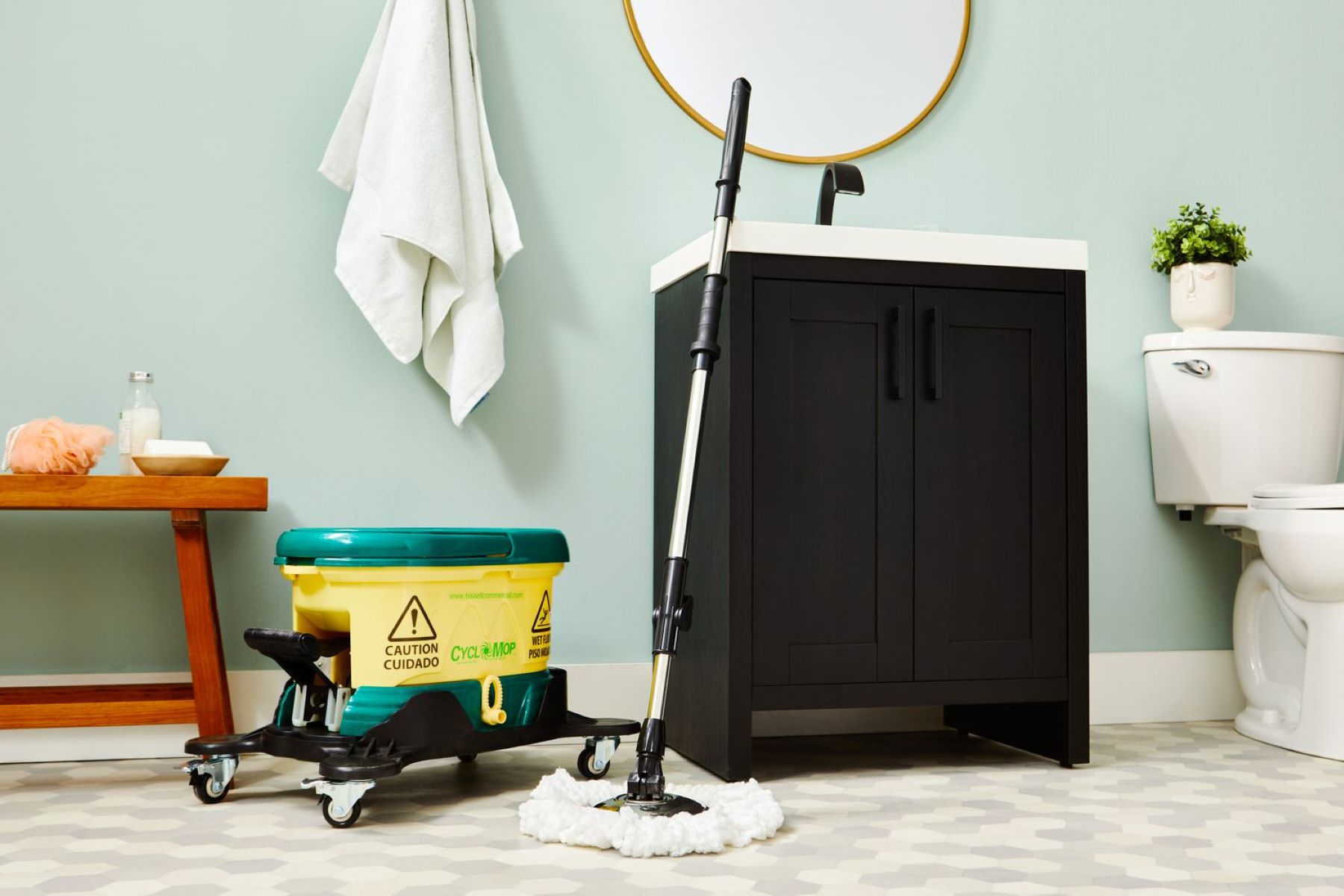
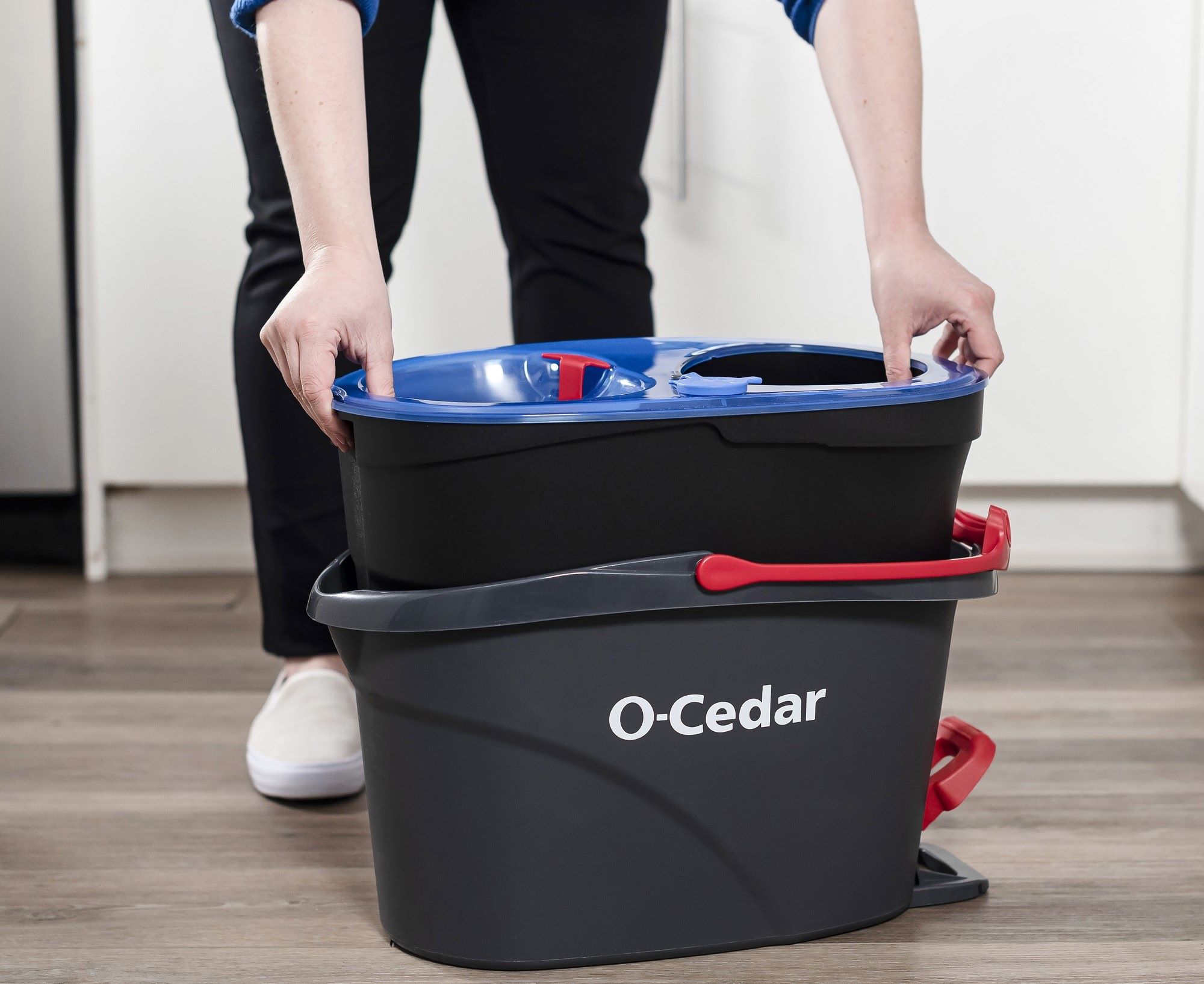
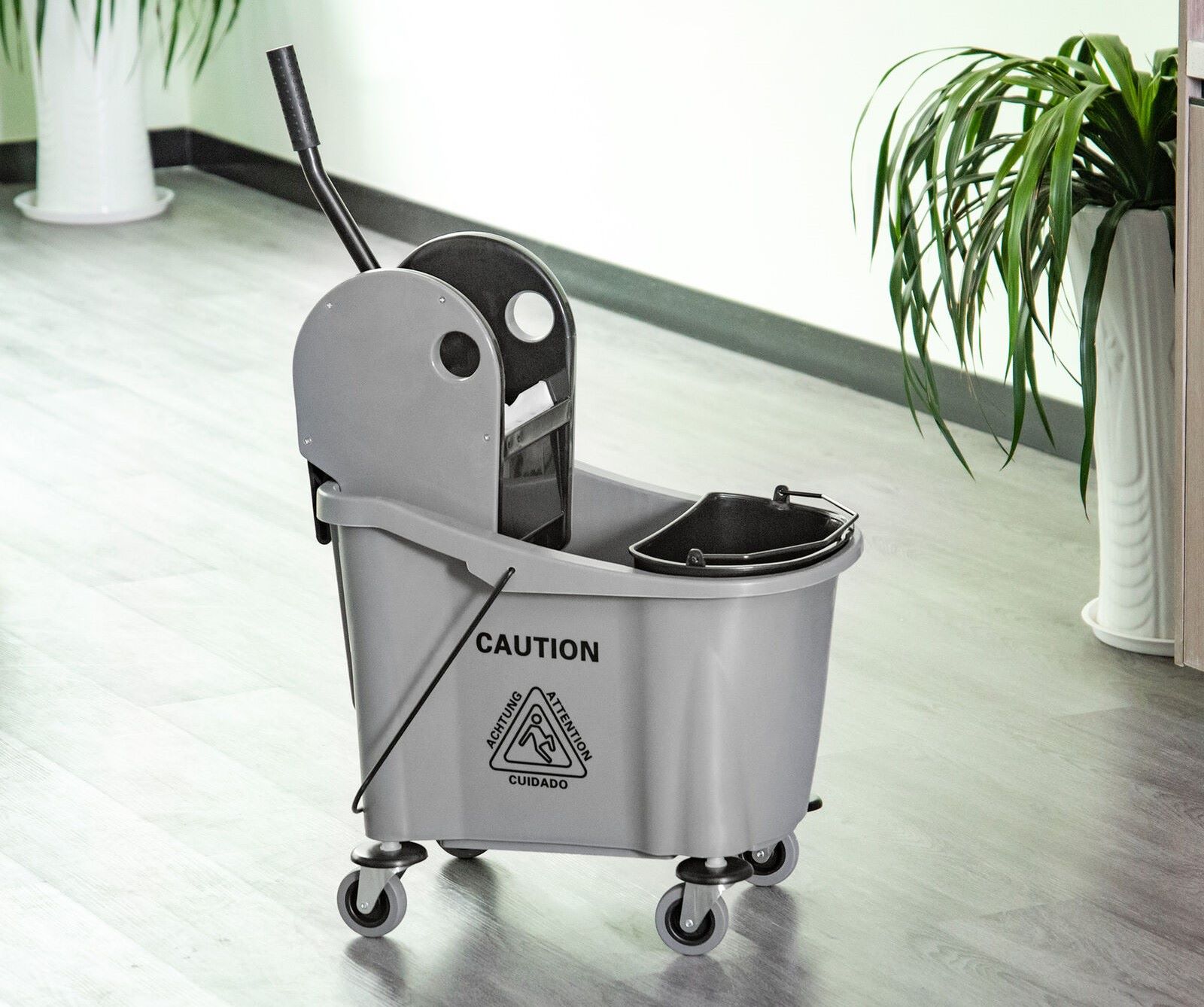
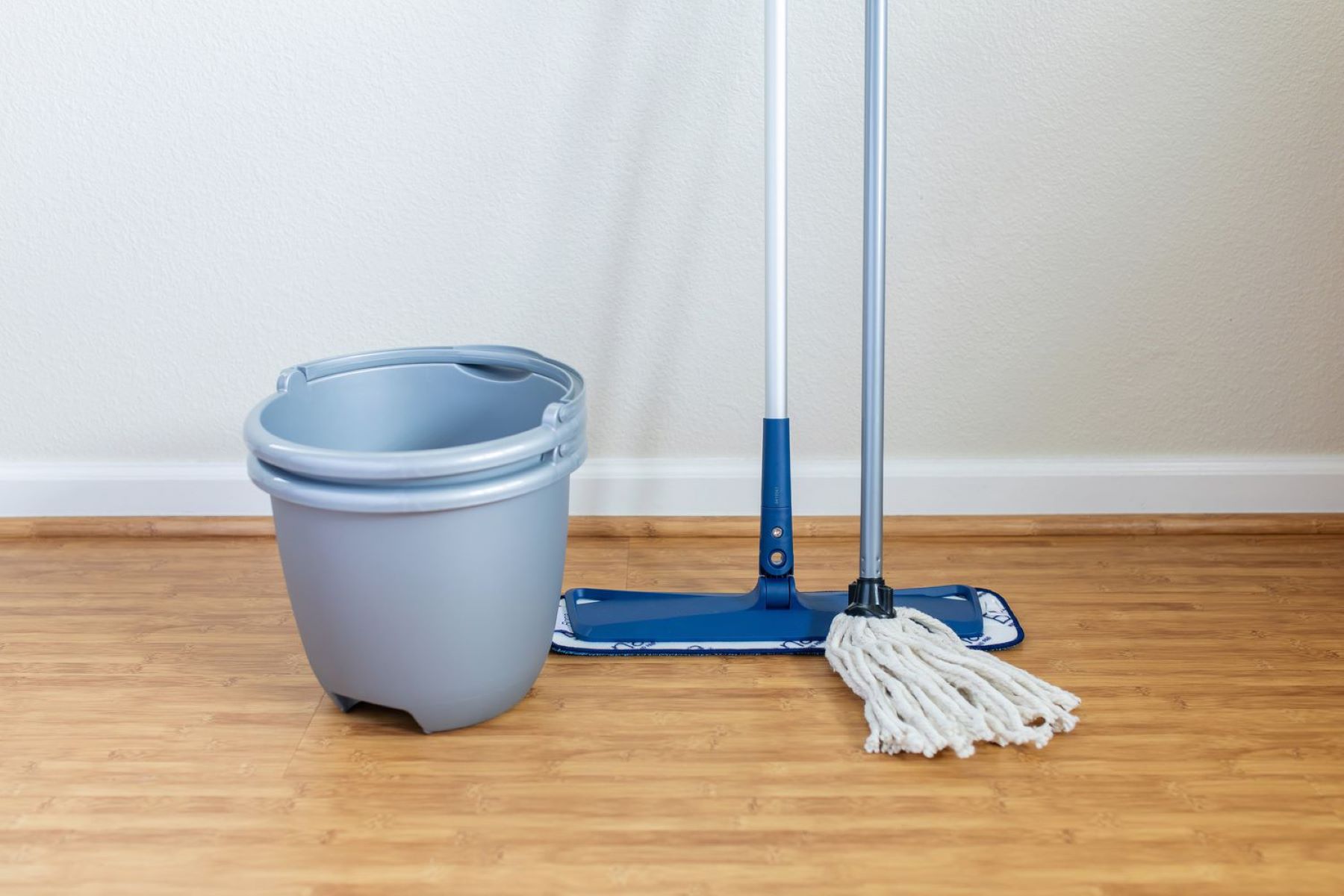
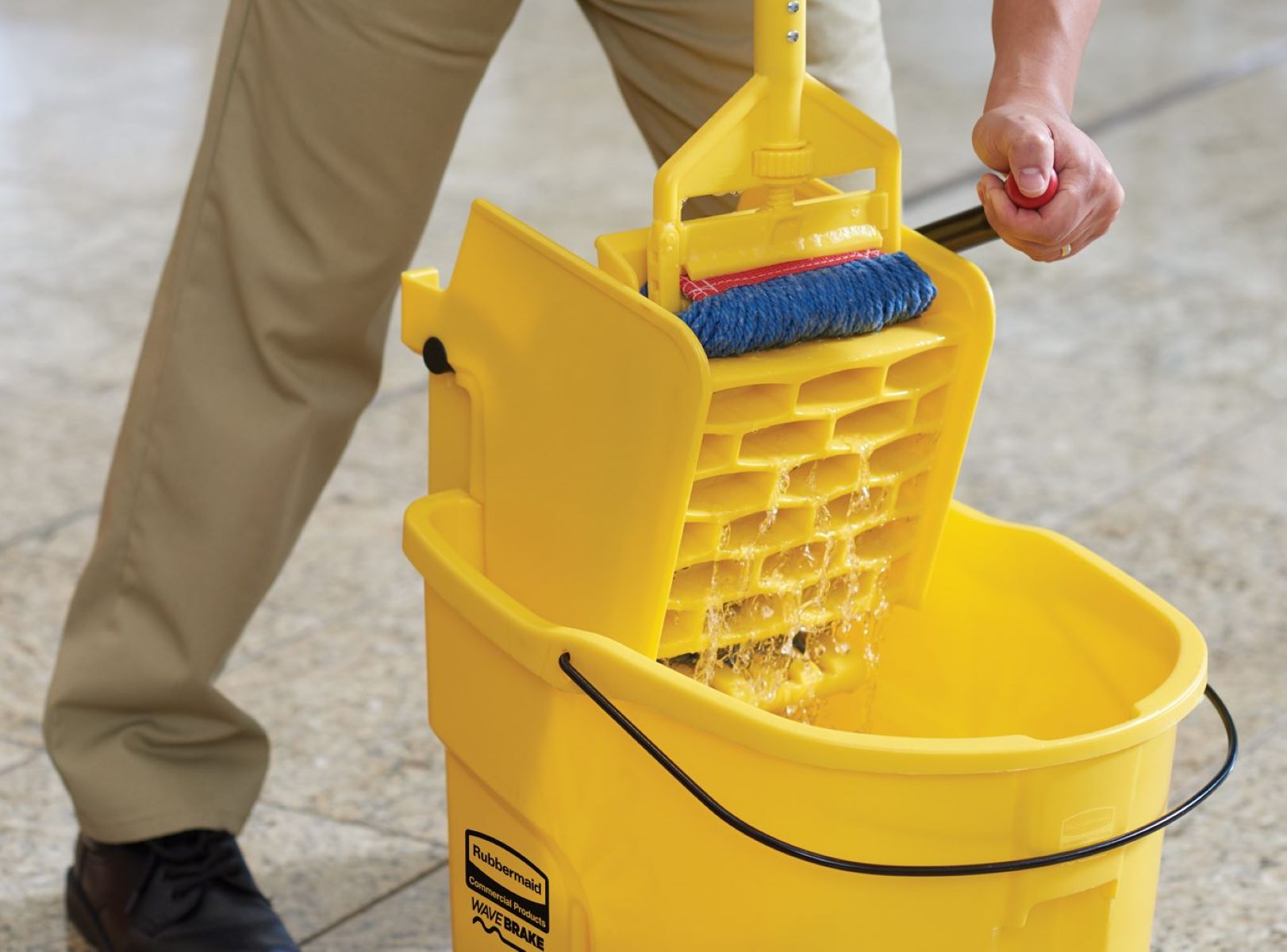
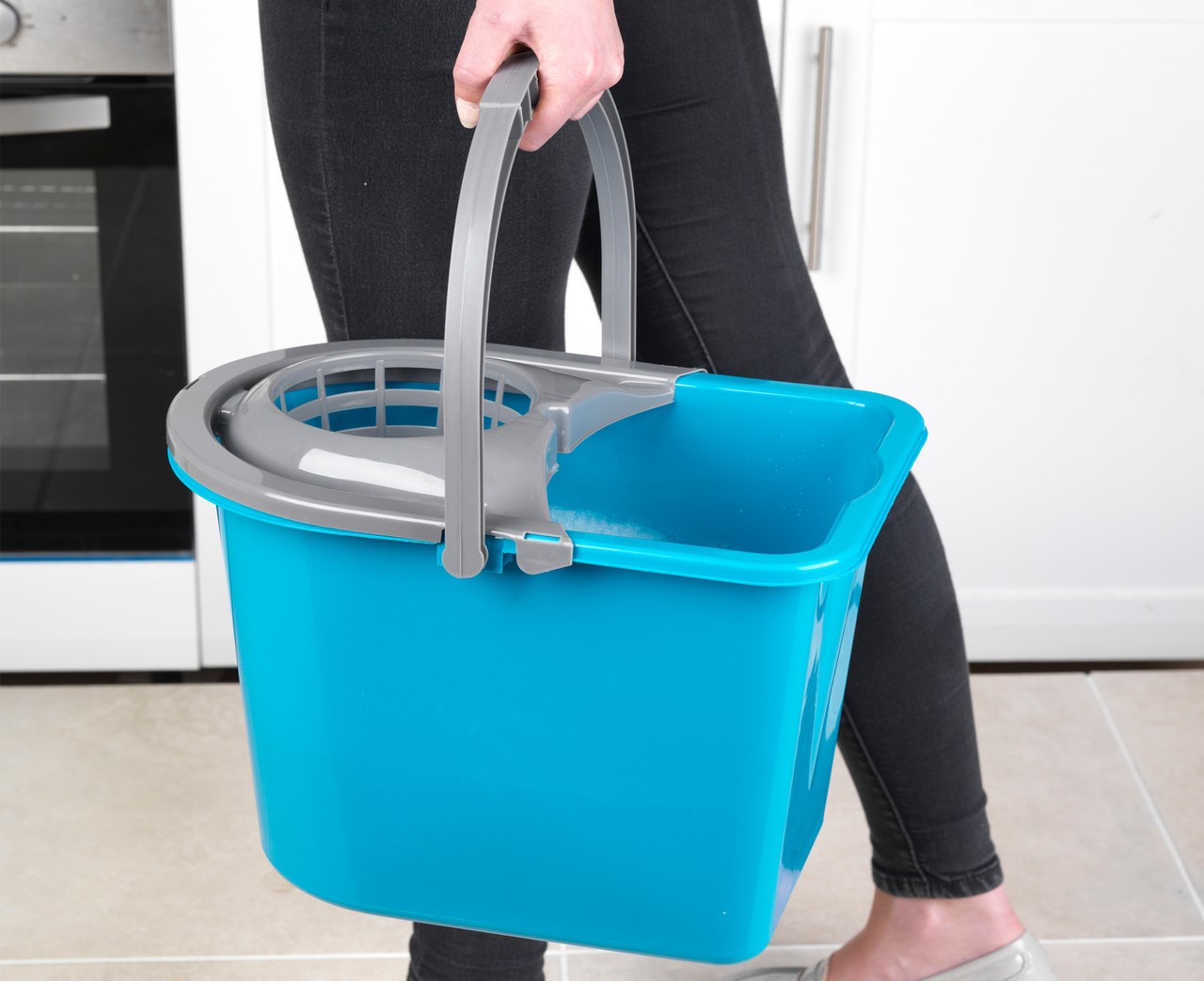
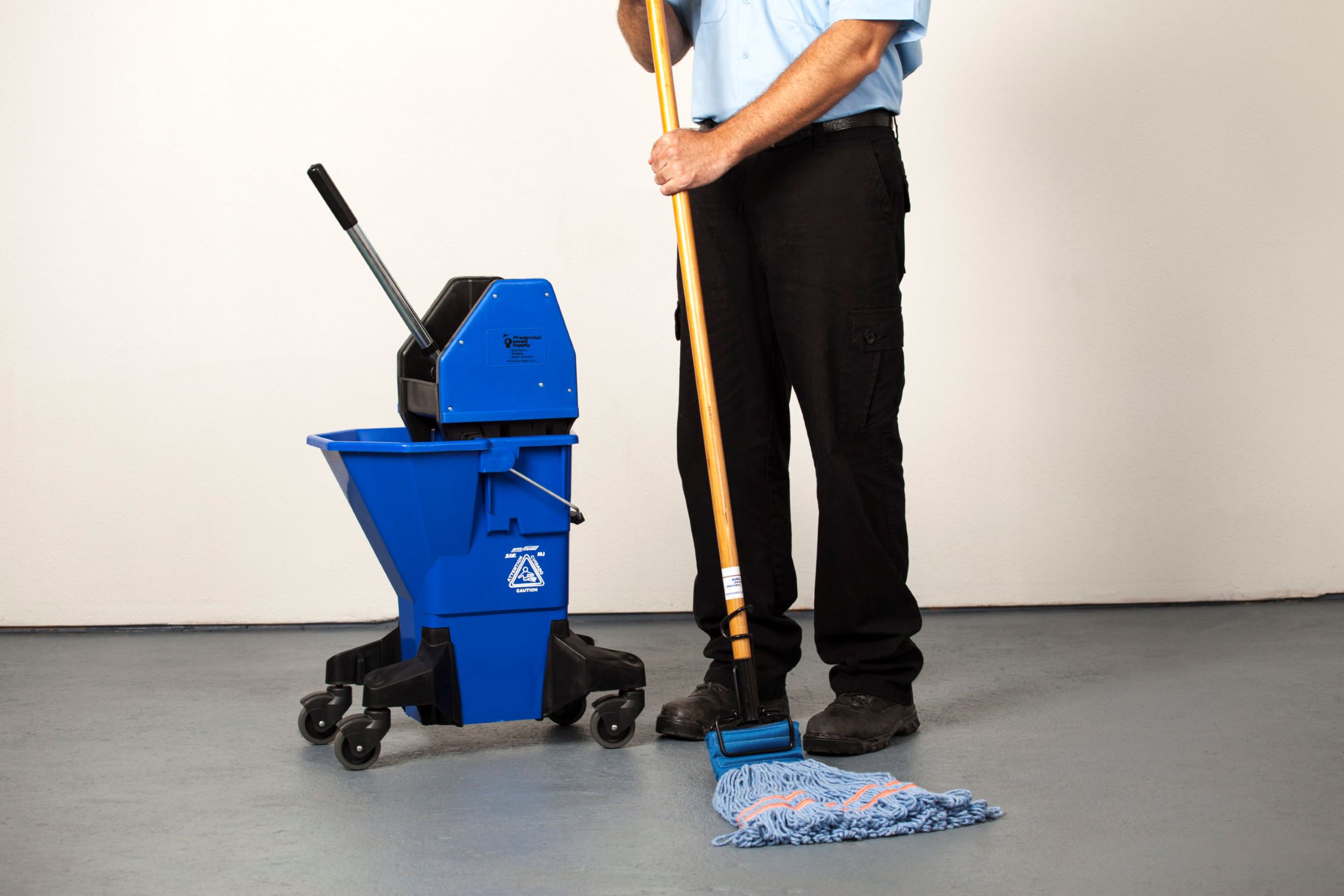
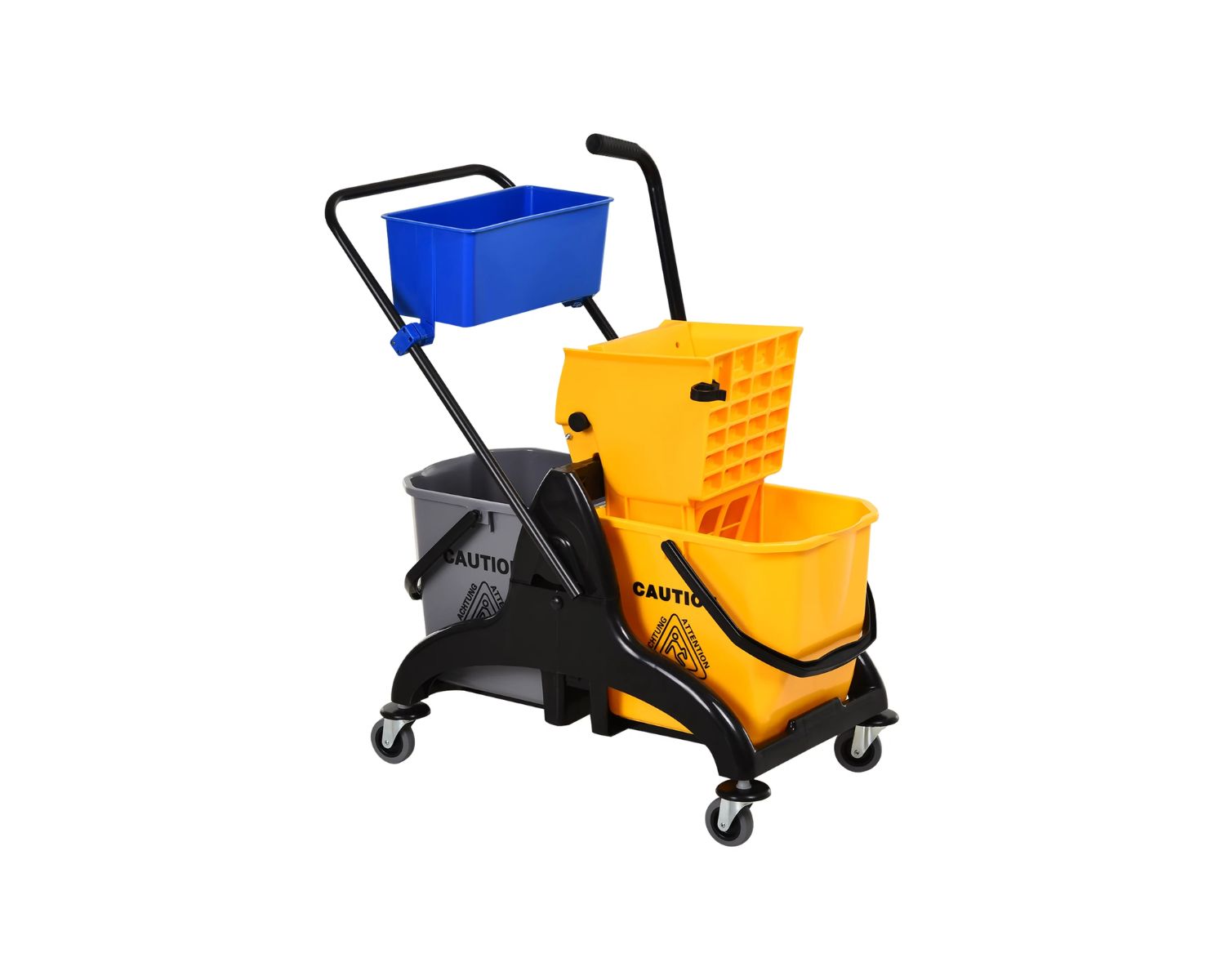
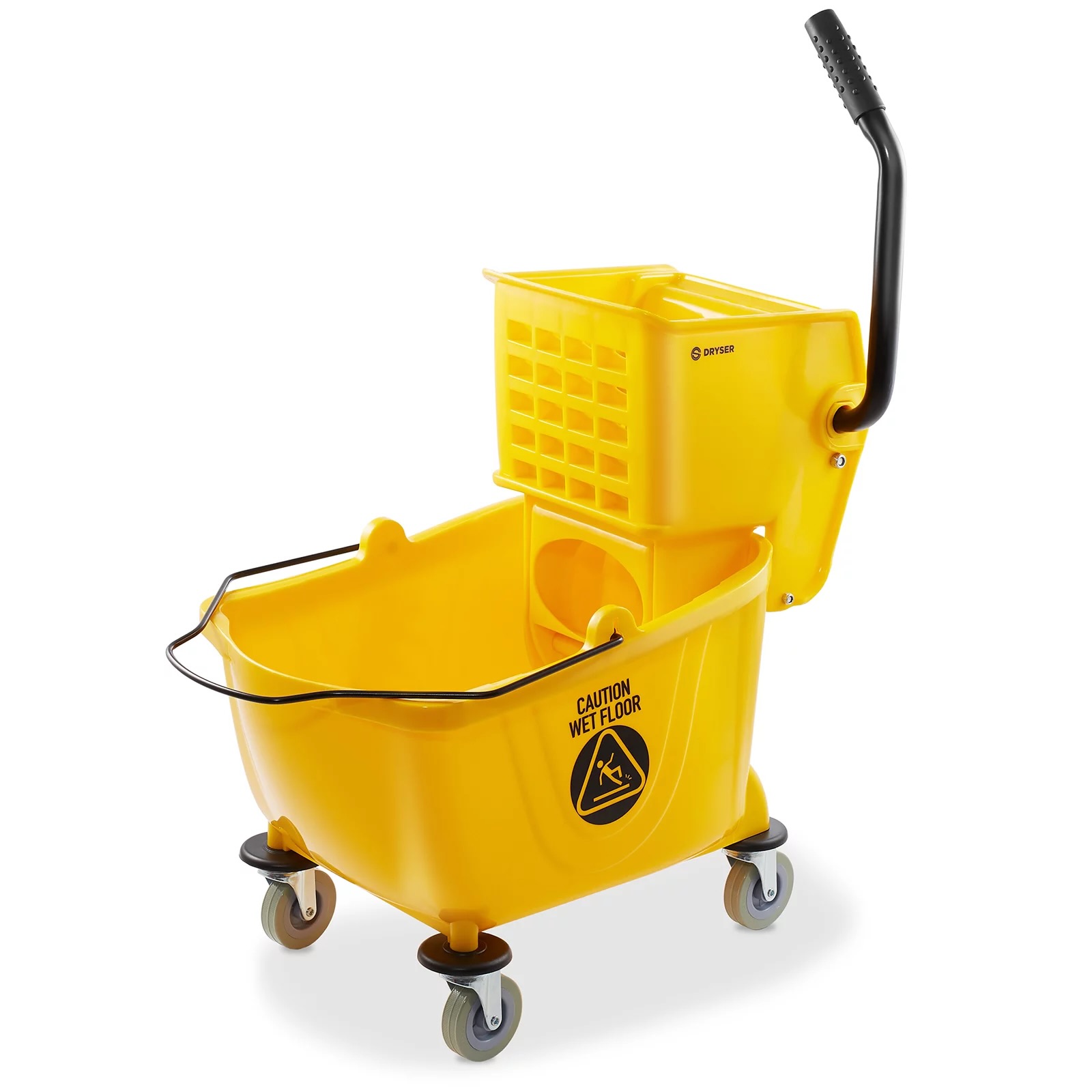
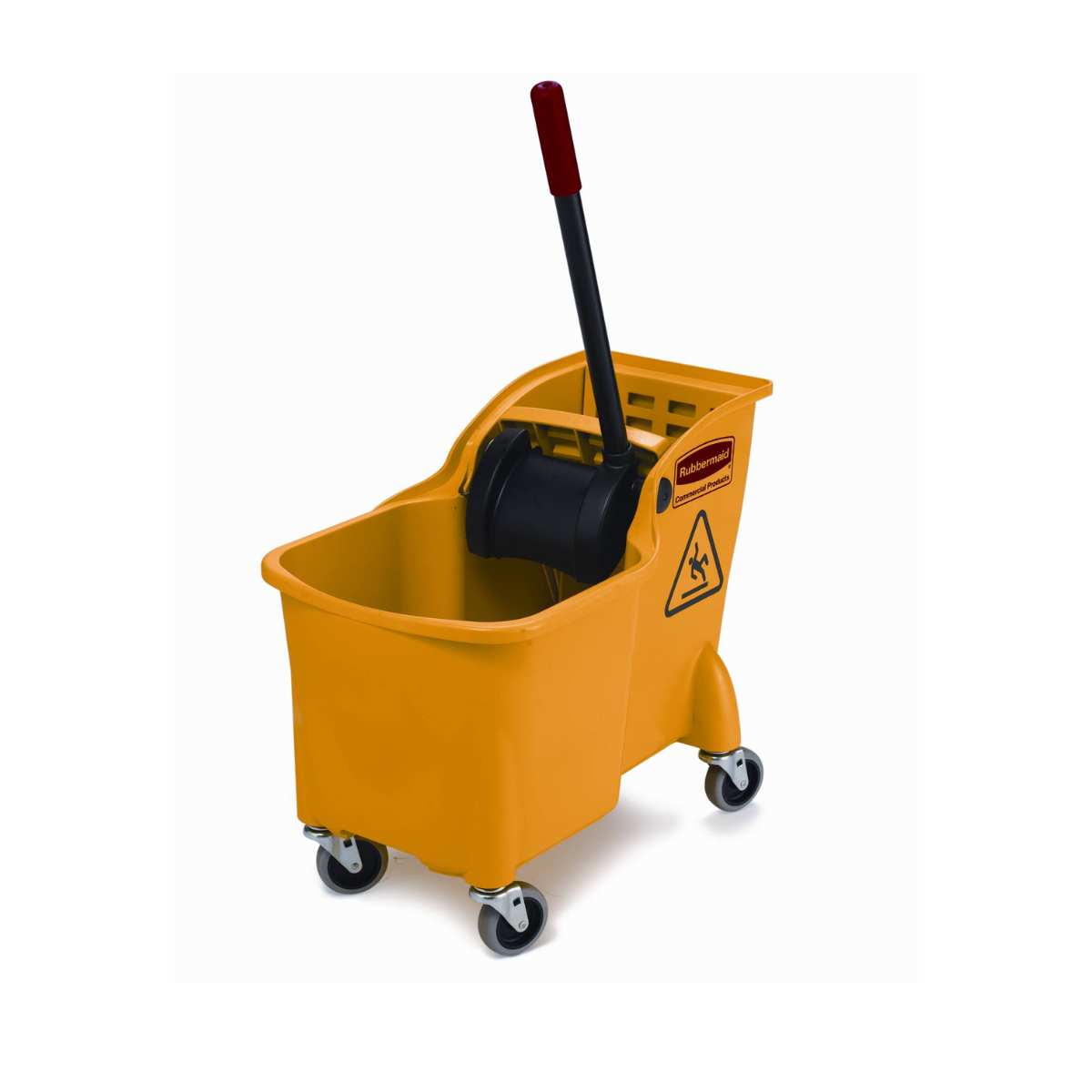
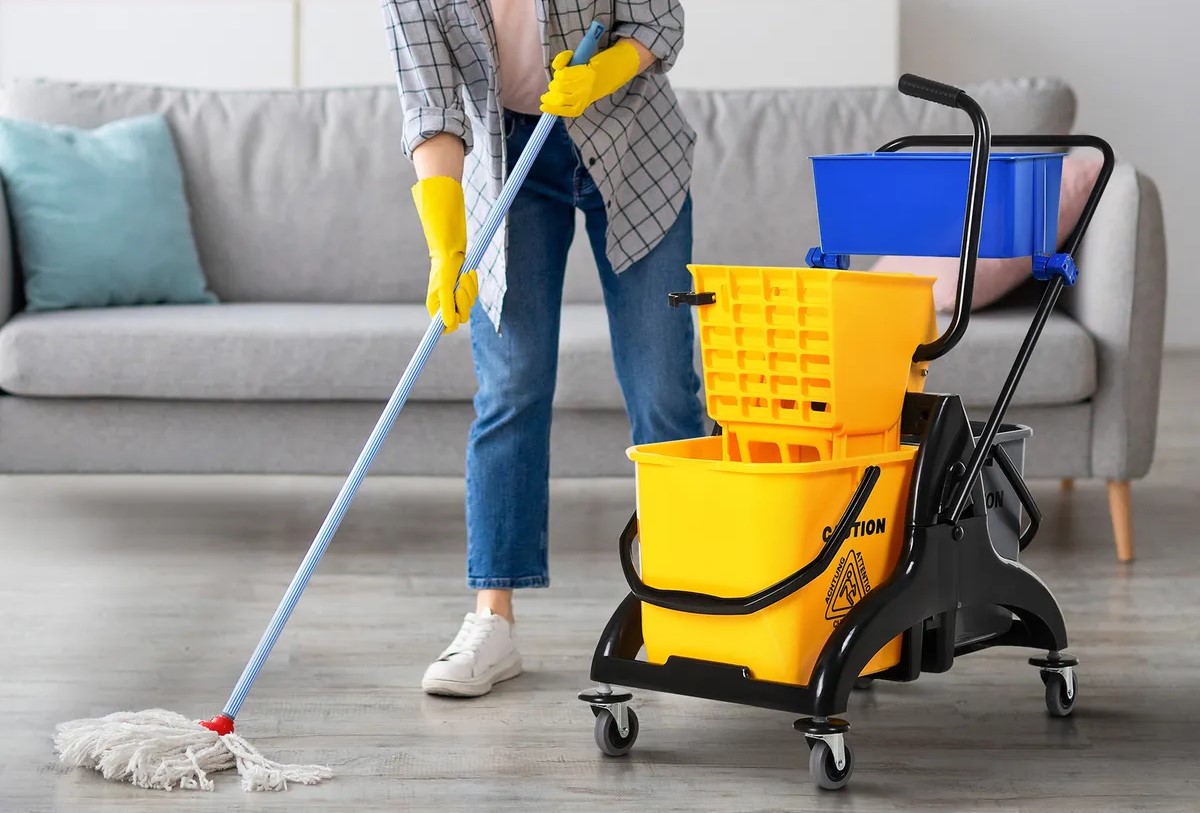
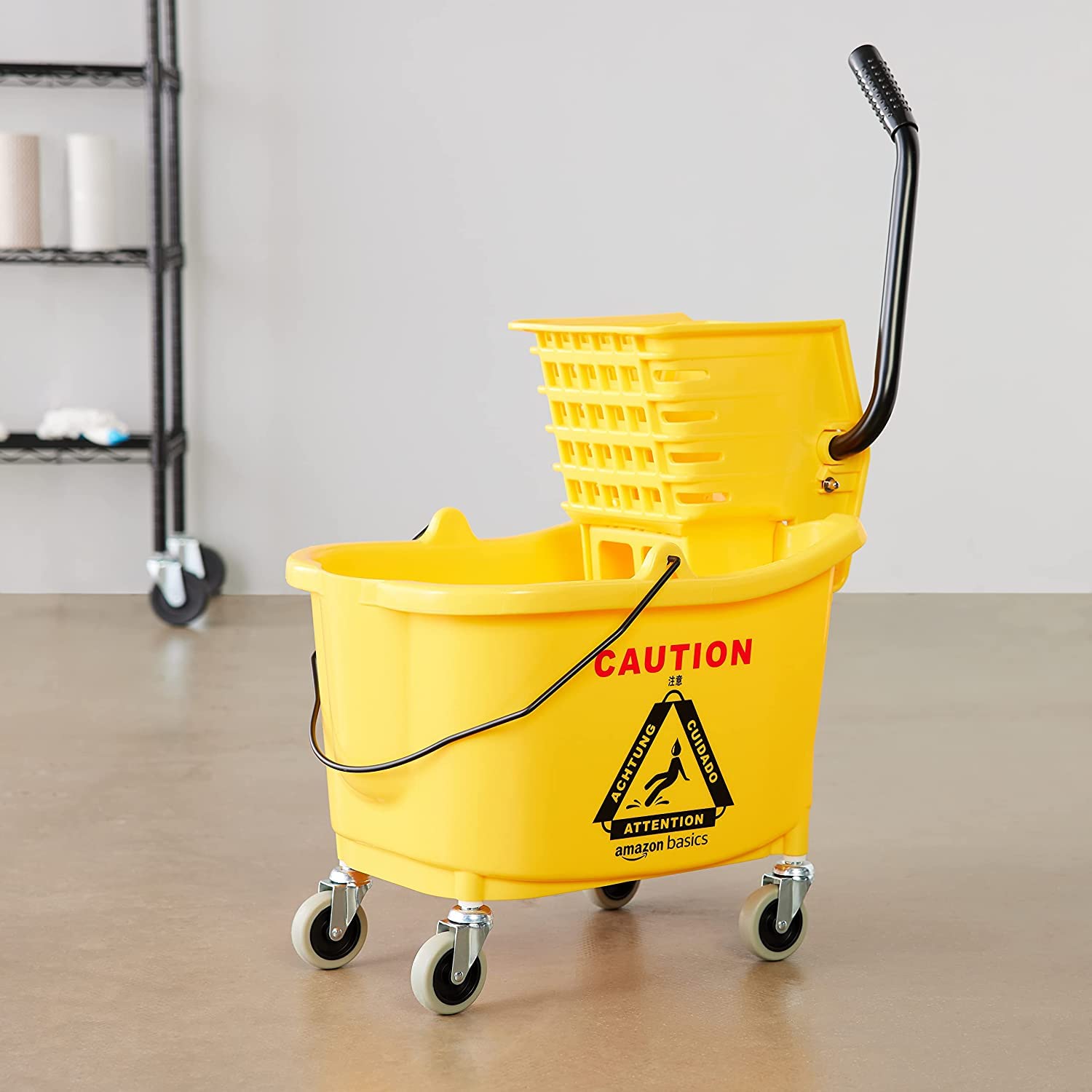
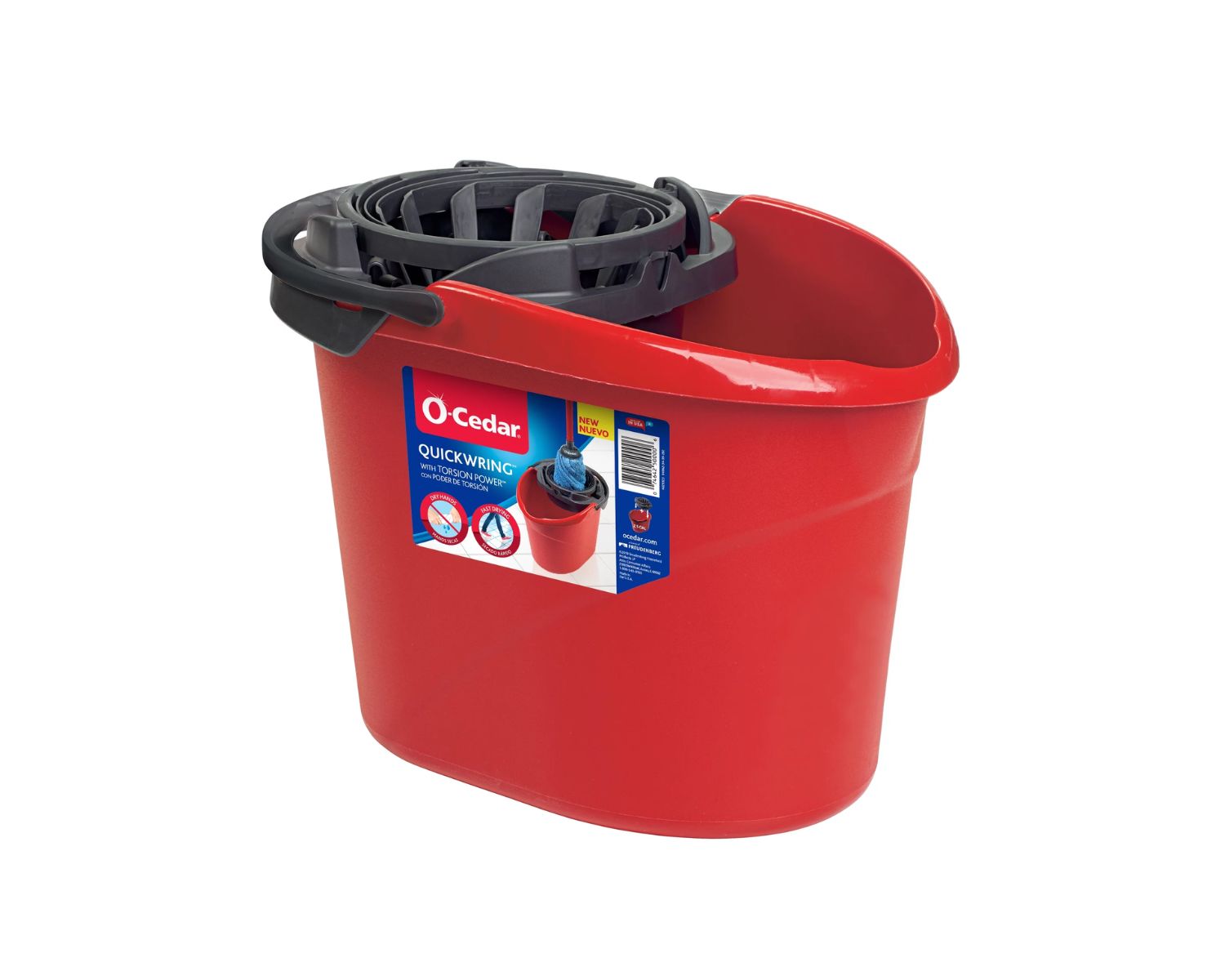

0 thoughts on “What Is The Correct Way To Handle A Bucket Of Dirty Mop Water?”